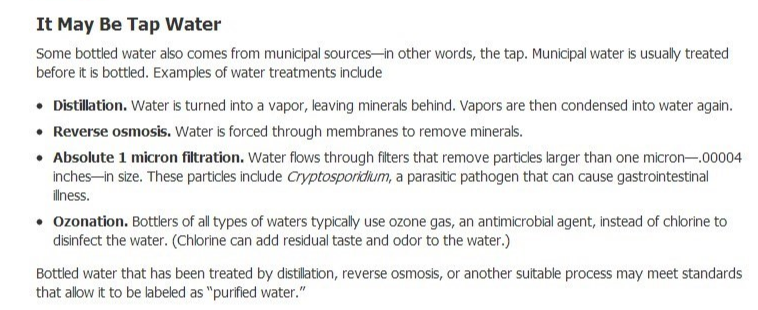For this blog, we need to start out with a few definitions to keep it all straight, so here we go.
Water: From Merriam- Webster online “the clear liquid that has no color, taste, or smell, that falls from clouds as rain, that forms streams, lakes, and seas, and that is used for drinking, washing, etc.” https://www.merriam-webster.com/dictionary/water
Surface Water: Rain and/or snow found in lakes, rivers, wetlands, oceans, and reservoirs that can be contaminated with acid rain, run off pollutants from many types of industries, bacteria, and other microorganisms. When used for public water systems, salt water is not used, surface water has to be made safe for human consumption by processing it at water treatment plants.
Ground Water: Water found underground in aquifers made up of porous rock. This water is typically cleaner than surface water, so it does not have to be chemically treated the same way as public water. This source of water is used for private wells.
Both surface and ground water leach microorganisms, minerals, and other substances from the soil, rock, and elements around them. These are either safe or unsafe for human consumption. This is why, prior to consumption, it is important to ensure that water from any source is safe for human consumption.
Public Water: Water supplied by municipalities that has gone through a water treatment process to make it safe for drinking and other public uses such as cooking. This water typically has additives for example, chlorine to disinfect, fluoride to lower the rate of public dental decay, and sodium to soften the water by replacing some of the calcium and magnesium it often has.
Well Water: Water from a hole bored or drilled into the ground, which taps into a groundwater aquifer and is used in private wells.
Safe Drinking Water: Water that has zero calories, has had unhealthy impurities removed, has possibly had healthy impurities added, and, depending on the source, often contains calcium, chloride, fluoride, magnesium, potassium, and sodium.
Water's Nutritional Treasure Chest
In 2013, the USDA Nutrient Data Laboratory completed a study that included analyzing U.S. tap water in order to find what percentages of the DRI (dietary reference intakes) the minerals in the drinking water meets.
This was studied because water does not just hydrate the body but it also provides important nutrients, via minerals, ions, and more, that the body absolutely needs to efficiently function.
As discussed in my blog, Water- Part One, water facilitates many vital bodily functions. Water, by itself, does not provide sufficient amounts of any one mineral or nutrient for the human body however, one’s nutritional health status can be impacted by the amount, quality, source, and geographical origination of the water they regularly consume and cook with.
In 2005, the WHO (World Health Organization) discussed the role drinking water plays in nutritional health by finding “particular interest” in the nutrients in the table below because the identified nutrients are often found at higher levels in the world’s drinking water and, as seen listed next to each nutrient, play a vital role in overall health status.
WATER QUALITY
Tap Water or Public Drinking Water
In the U.S., the EPA (Environmental Protection Agency) regulates and oversees the safety of tap water via the Safe Drinking Water Act (SDWA) The EPA defines the SDWA as follows, “the federal law that protects public drinking water supplies throughout the nation. Under the SDWA, EPA sets standards for drinking water quality and with its partners implements various technical and financial programs to ensure drinking water safety.” https://www.epa.gov/sdwa
Well Water
The EPA does not oversee the safety of private well water. It is the responsibility of the homeowner to ensure the quality and safety of their own water supply. https://www.epa.gov/privatewells
Bottled Water (Plain, Flavored, and Nutrient-Added Water Beverages)
In the U.S., the FDA (U.S. Food and Drug Administration) regulates and oversees the safety of all types of bottled drinking water manufactured and sold in the U.S.
They do this by requiring all U.S. based bottled water manufacturers to do the following:
Below, you will see what the FDA defines as “Bottled Water.”
Per the FDA, the following falls within the “soft drinks” category: Carbonated water, Soda water, Club soda, Tonic water, and Seltzer water, so they have different regulations.
Keep in mind that many bottled waters contain tap water, as seen below in this section from the EPA article “Bottled Water Everywhere: Keeping it Safe.”
Source: https://www.fda.gov/ForConsumers/ConsumerUpdates/ucm203620.htm
After looking at the tables above, we can see that some types of “bottled water” start out with water that has lost all of its mineral content, such as the purified water group. It is said that the minerals such as sodium, magnesium and chloride give water a fuller body and taste.
This is why we often see naturally occurring vitamins, minerals, extracts, juices, and many other things to possibly improve the taste or the supposed “healthy” properties of the product.
Be sure to read all of the labels on anything referred to as bottled water. For example, I found a sparkling water beverage nutrition facts label and ingredient list, see below. As you can see it has many items added to it:
Because many of these additives can have a positive and/or negative impact on a person’s health, this is where the importance of reading ingredients lists and nutrition facts labels comes in.
For example, vitamins A, D, E, and K are fat-soluble, and should only be consumed at a level based on age, medical conditions, and other factors because the body can store it and reach toxic levels. A child could easily ingest a toxic level of a fat-soluble vitamin if, during a short period of time, they consumed many servings of a beverage that contain one of them.
Additionally, below you will find just some of the medical conditions that can be negatively impacted, increased, or exacerbated by additives found in some bottled water products:
Interstitial cystitis – water that has additional minerals and chlorine added to it can often cause increased pain and issues for this population.
Kidney diseases such as chronic kidney disease (CKD) – maintaining proper phosphorus levels for this population is very important. Many bottled flavored and/or sparkling waters have added phosphate, which can cause difficulties.
Phenyketonuria (PKU) – if additives like phenylalanine (found in some protein foods, and aspartame artificial sweeteners such as Equal, and NutraSweet) are added to “water” it can be detrimental.
Congestive heart failure (CHF) or Hypertension – these patients are often on a low-sodium diet and/or potassium sparing (saving) or wasting medications. It is important for them to know how much extra sodium (salt) and potassium has been added for their diet and medication interactions.
Well, this entire water discussion is like Pandora’s box! There is so many more conversations to have about it and so much more that may be important to you. I challenge you to use some of the resources below to investigate and/or share some that you have found useful, so that we can check them out!
Thanks for reading and have a great day!
Resources:
Excellent FDA (Food and Drug Administration) article, “Bottled Water Everywhere: Keeping it Safe”, that discusses the sources of bottled water and how to know where it is from, what the labels mean, and if it is safe: https://www.fda.gov/ForConsumers/ConsumerUpdates/ucm203620.htm
Great resource for all types of drinking water ranging from public, tap, well, and bottled. CDC (Centers for Disease Control and Prevention) – Drinking Water https://www.cdc.gov/healthywater/drinking/index.html
Another great resource for all types of drinking water ranging from tap to bottled. EPA (Environmental Protection Agency) – Ground Water and Drinking Water (most recent available, 2005) https://www.epa.gov/ground-water-and-drinking-water
For public water users, this is a link to the CDCs Consumer Confidence Report (CCR). The CDC states that a” CCR can be called an annual water quality report or a drinking water quality report that provides information on your local drinking water quality.” https://www.cdc.gov/healthywater/drinking/public/understanding_ccr.html
CDC link to public water systems and wells FAQs https://www.cdc.gov/healthywater/drinking/public/drinking-water-faq.html
This link takes you to the FDA area that includes the table above as well as information about bottled water regulation, inspection, sampling, testing, FAQs, regulations, and more. https://www.fda.gov/Food/FoodborneIllnessContaminants/BuyStoreServeSafeFood/ucm077079.htm
Link to a sample bottled water quality report for a bottled water producer http://www.nestle-watersna.com/asset-library/documents/pl_eng.pdf
Link to FDA Title 21, Volume 2 Code of Regulations for Part 165 – Beverages https://www.accessdata.fda.gov/scripts/cdrh/cfdocs/cfcfr/CFRSearch.cfm?fr=165.110
Flavored water and nutrient-added beverages – note that the area in yellow indicates what does not naturally occur in the water. http://www.bottledwater.org/files/FDA%20Food%20Facts_Bottled%20Water%20Regs%20(2009).pdf






